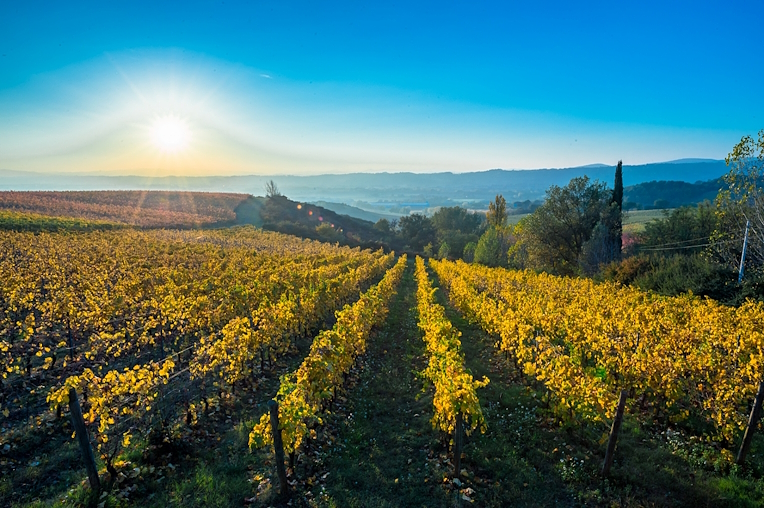It has a unique collection providing documentary materials on Italian emigration from the end of the nineteenth century up to the 1960s and issues many publications.
The museum is also a research center that deals with Umbrian emigration research. It plays the role as a teaching laboratory and many schools partecipate in this project. The documentation center also includes a multimedia library with videos, documents and news reports, ordered and catalogued; the Italian national broadcast network RAI has contributed to the implementation of this by providing duplicated materials and donating everything it has about the topic to the museum. Some other foreign television channels have also made similar donations, helping the museum to gather as much material as possible to build it into a national audiovisual reference center. The library collects all the texts and volumes related to migration, with particular regard for Italian migration abroad.
The museum is arranged in reverse: arrival, journey and departure. The first section takes the visitor immediately into the lives of immigrants abroad: the community, food, religion, employment, with particular regard to the reconstruction of work in the iron mines and coal. The protagonist of the second section is the theme of travel: rare and moving images of transatlantic crossings, objects emerging from old cardboard suitcases and antique chests, bell sounds that tell valuable evidence of travel difficult and dangerous aboard slow and overcrowded vessels. And, finally, the third area, dedicated to the departure and the reasons that motivated millions of Italians to emigrate to foreign lands: the difficulties of integration, the production of many documents to prevent rejection at the border: identity cards with fingerprints, passports, certificates of good health.
































